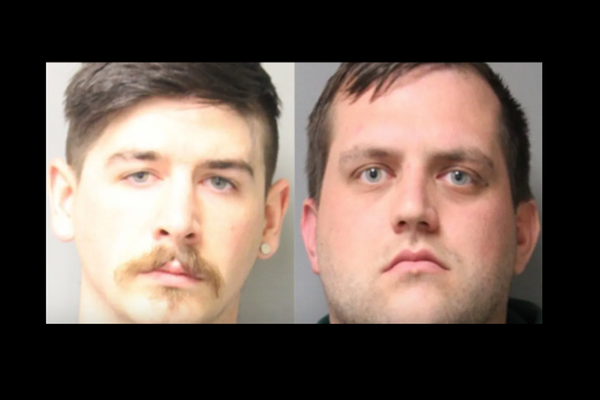
In 1953, Margaret, an 11-year-old pupil in Huntingdonshire, created a scrapbook. Instead of documenting her own interests and family life, she adorned the cover with three painted red shields, and pasted newspaper clippings about Queen Elizabeth II’s coronation, which took place in June of that year.
Margaret was one of hundreds of children to create coronation scrapbooks. After years of war and austerity, they were a cheap way for people, particularly children, to mark this national event. Now, 70 years later, as celebrations begin for the Queen’s platinum jubilee, these books provide a window into not just how children viewed the royal family, but also the lives of the scrapbookers and their families.
The coronation led to the explosion of royal memorabilia, such as mugs, aprons, towels, stamps, games and toys. Stationers responded with zeal, producing a range of brightly coloured scrapbooks. Scrapbooks captured something of the spectacle, reproducing photographs of the Queen, the royal coat of arms, and the coronation coach on their covers.
The pages of Margaret’s scrapbook capture her memories of coronation day, from watching the ceremony on television to enjoying a local fireworks display. She added photographs of the Queen with her children, and labelled pictures of the crown jewels and sceptres featured in the ceremony. In childish handwriting, she wrote short explanations of the objects and people who played a role.
She also painted the coronation chair and maps of the route of the coronation procession, which she carefully inserted into her scrapbook folder. Other children attempted to record the mountain of memorabilia, sticking stamps and food packaging haphazardly into their scrapbooks.

Some of the hundreds of these 1953 scrapbooks have ended up in archives. Others have found their way onto eBay, having recently been discovered in attics and lofts. Still others survive in people’s homes, often holding meaning for their families.
Over the last two years, I’ve contacted archivists, scoured eBay and tracked down references to royal scrapbooking. While some of us might be tempted to dismiss scrapbooks as little more than a craft project, they are much more – a gateway into somebody’s personal world, a way of reading history over their shoulder.
Memories for future generations
Scrapbooks offer a glimpse into the lives of people who would otherwise have been lost to history. Coronation scrapbooks tell us so much about what interested people about the time, as well as their own memories of scrapbooking, at school and at home. Our histories aren’t solely those published in books, but also those carefully cut and paste into people’s scrapbooks.

For many children, the royal family were the first subject on which they scrapbooked, recording their first trip to London to see the coronation decorations, or the pomp and circumstance of the ceremony snipped from newspapers.
In 1953, teenage girls told the social research organisation Mass Observation how they were inspired to make their coronation scrapbooks by other members of their family. One girl recounted reading her mother’s scrapbook for the coronation of King George VI in 1937, and made sure that her 1953 scrapbook was the same size so she could join the two together.
Another girl was compelled to make a scrapbook because she felt it important for future family members to read. Her scrapbook wasn’t just for herself, or even immediate family members, but with an eye to future children and grandchildren who would relish the opportunity to learn about the coronation. The royal family provided an invisible thread between different generations of the same family – made visible through the act of scrapbooking.

Modern scrapbooking traditions
The royal family has changed, and so too has the same widespread impulse to mark royal events. While many people are now more likely to commemorate the Jubilee using photos and videos in social media posts, scrapbookers can still buy themed scrapbook sets, complete with stickers, cards, buttons and gems.
Some museums, such as Clifton Park Museum in Rotherham, are digging out scrapbooks from their archives to explore how the borough marked earlier royal visits and events.

Communities are also turning to scrapbooks to record their commemorative activities. Grangepark Care Home in Peterhead is using a scrapbook to house photographs of schoolchildren who design commemorative stones, so that “future generations will be able to look back and see what we did for the Jubilee celebrations”. In Blisworth, Northamptonshire, the Heritage Society is asking villagers to contribute a page to its communal Platinum Jubilee scrapbook, inspired from an earlier competition in 1953.
The same desire to make a record for future generations still exists in 2022, as it did it 1953, even if the focus is less on the royal family, than on how communities celebrate national events. Today’s scrapbooks, like their 1953 equivalents, are more meaningful objects in the histories of our families, and our own communities, than we might expect. Over the bank holiday, why not dig around in your attic or ask family and friends if they made scrapbooks – you might be surprised by what you find.
Cherish Watton receives funding from the Wolfson Foundation.
This article was originally published on The Conversation. Read the original article.







